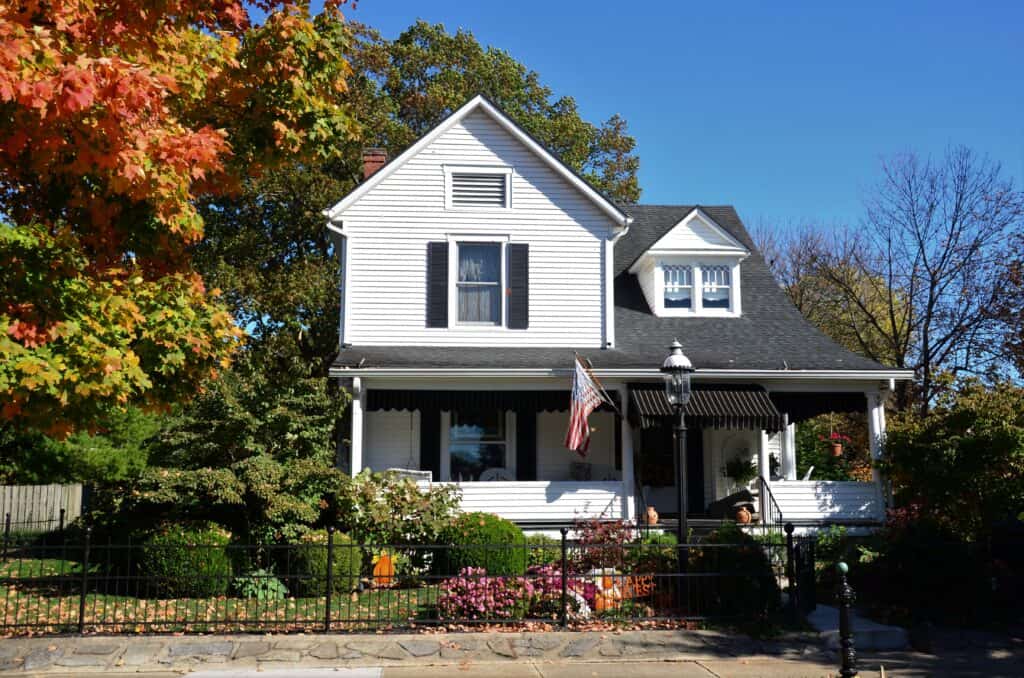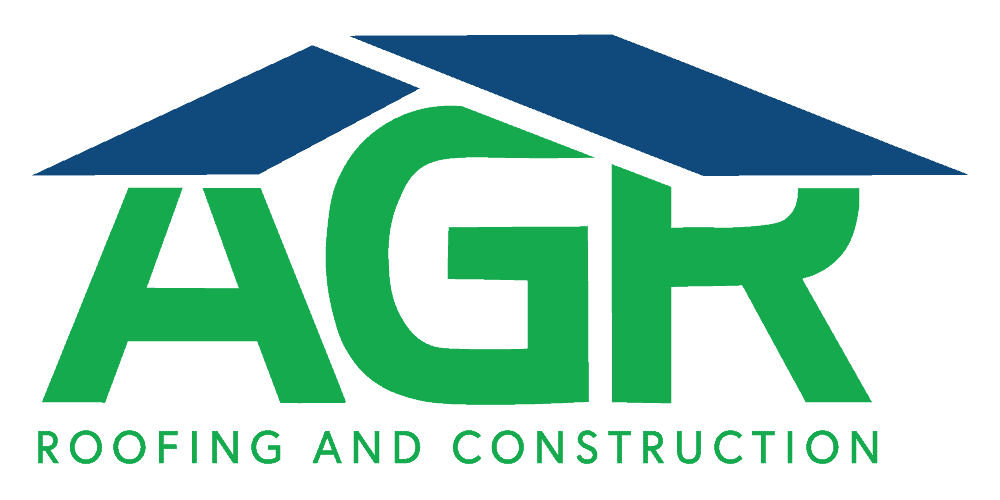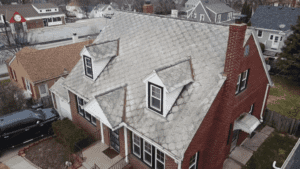There are certain unchangeable principles in life. A prime example is our need for oxygen to live and nourishment to survive. Furthermore, nearly everything that exists has both advantages and disadvantages. Let’s consider this last principle more closely. Each person has their own preferences when it comes to building materials – what may be undesirable for one can be seen as valuable by another, and vice versa. This is influenced by factors such as individual lifestyle, budget, and aesthetic preferences, among others.
While there are certainly some drawbacks to materials like vinyl siding, it is still a highly favored choice among homeowners. It’s important to carefully consider both the positives and negatives of vinyl siding, as we’ll explore in more detail below, before making a decision on whether or not it’s the right investment for your home. Factors such as the potential impact on resale value and curb appeal, as well as durability and personal aesthetic preferences, will all play a significant role in determining the best siding option for your unique needs.

Pro: Sensible Pricing
Vinyl’s appeal lies in its affordability in comparison to alternative siding choices. Those who opt for this type of siding benefit from a cost-effective method of wall coverage. The PVC sheets used for the panels interlock seamlessly, resulting in a favorable spread. Additionally, the lightweight nature of these panels makes installation easier and more efficient than with any other siding material.
Not only will professional installers offer more affordable labor, but vinyl siding installations also allow for homeowners to save money by doing it themselves. This is especially appealing for those who enjoy DIY projects and can safely undertake the task. Additionally, vinyl siding installations typically cost 50% less than wood or fiber cement projects, though the final price may vary based on your home’s design.
Con: Vinyl Siding Can Often Fade
The extent of fading in vinyl siding is not always straightforward, as external factors also play a role. The following elements will ultimately determine the level of fading that occurs in the material:
● The primary environmental element that leads to the fading of your vinyl siding is exposure to sunlight.
● The fading of lighter vinyl siding is not as significant compared to darker hues.
Pro: Variety of Color Options
When buying vinyl siding for your home, you have a wide selection of colors to choose from. This allows you to freely express your personal aesthetic preferences without feeling constrained.
Go for a clean and understated look with shades of taupe, white, and brown. Or, embrace some boldness by incorporating pops of red, gray, green, and blue in different levels of vibrancy.
Even better? You don’t have to limit yourself to just one manufacturer’s color choices. Instead, you can enjoy the freedom of browsing through a wide variety of colors and shades.
Con: Frustrating to Repaint
Have you ever experienced purchasing a piece of clothing that looked amazing on you for a couple of months, only to see it lose its luster after multiple washes? It can be a frustrating situation, and it’s similar to the issue that can arise with vinyl siding on your home. While not as simple as replacing a shirt, having to deal with damaged siding can be a costly setback.
For certain homeowners, this may not be a significant concern. After all, why worry if you don’t mind a bit of fading and appreciate the character it brings to your home? Plus, if you have no plans of moving anytime soon, it may not be an issue for you.
However, for others, fading is simply not acceptable. If you have a keen eye for aesthetic perfection, dealing with deteriorating vinyl may not suit your refined tastes.
On the other hand, if you are considering putting your house on the market in the near future, your diminishing vinyl could deter prospective buyers.
This type of siding is not easily painted and often requires a complete overhaul once it starts to fade. Although there are companies that offer repainting services, it is an extensive undertaking and will likely be more expensive than a standard repainting job.
Recoated vinyl may also experience warping as warmth can be absorbed by the paint. This can result in buckling caused by an accumulation of paint that restricts the vinyl’s flexibility.
Peeling is also a concern when repainting, as it may not adhere adequately to the underlying PVC material.
We should highlight a key aspect from the last paragraph: the importance of allowing for movement in vinyl siding. This material experiences contraction during cold months and expansion when temperatures rise, making it necessary to consider this when addressing its needs.
This means that painting should be done during warmer seasons to avoid vertical shapes forming when the vinyl shrinks in the winter.
Pro: Water Resistant
Due to its plastic composition, vinyl siding is essentially waterproof. This allows it to be installed closer to the ground without the risk of paint damage or swelling, unlike other types of siding.
The upkeep of fiber cement, wood siding, and other options require extra attention to eliminate and prevent the buildup of both running and stagnant water.
In contrast, the water resistance of vinyl siding allows for a more manageable maintenance process compared to other types of siding.
Con: Vulnerable to Breaking
Compared to other materials, vinyl siding is more prone to breaking due to the wear and tear caused by sun exposure, wind, rain, and freeze-to-thaw cycles.
Additionally, with vinyl reaching its third decade, it may become fragile. This could result in a panel cracking if hit by a stray football, causing frustration and expense. Furthermore, strong winds could cause damage to multiple panels as the nailing hems weaken over time.
Hail storms can damage even the most recently installed vinyl, but there are alternative options that can easily withstand such harsh conditions. Interestingly, certain insurance policies may also decrease the value of vinyl siding.

Pro: Reasonable Maintenance
With your already hectic schedule, it’s safe to assume that you have a full-time job and an abundance of household tasks to juggle before even thinking about maintaining your siding. Luckily, vinyl siding, being made of durable plastic, requires minimal upkeep and can retain its quality for many years. Simply give it a good rinse every so often, and there’s no need to worry.
Additionally, there is no need for concern about re-examining caulked joints or the potential need for repainting, making vinyl siding a highly attractive feature.
Interested in Installing Vinyl Siding?
Did you carefully consider the advantages and disadvantages of vinyl siding and conclude that it is the best option for your home, budget, and personal preferences? If that is the case, reach out to AGR! We can also explore the pros and cons in more depth to determine if it aligns with your specific requirements.





